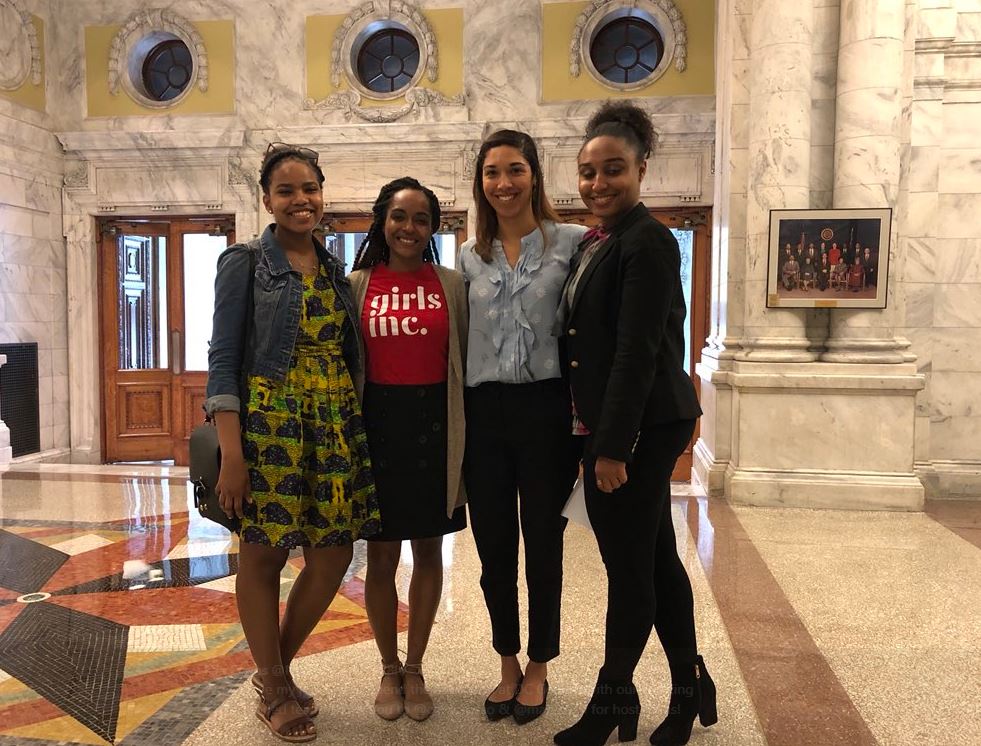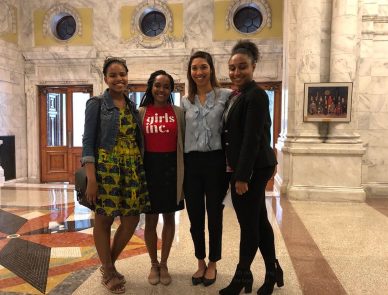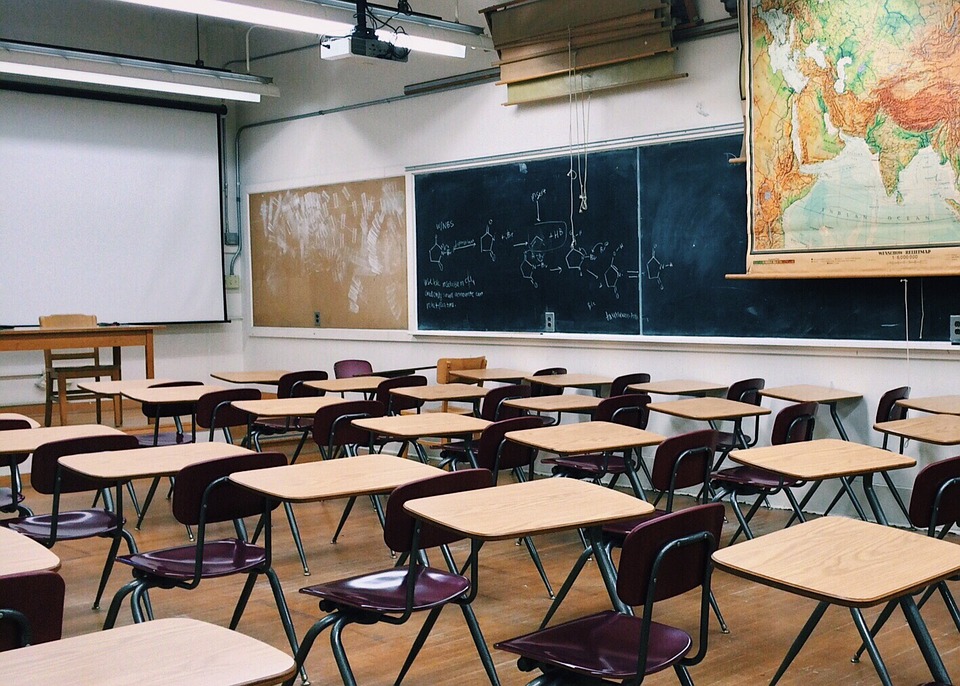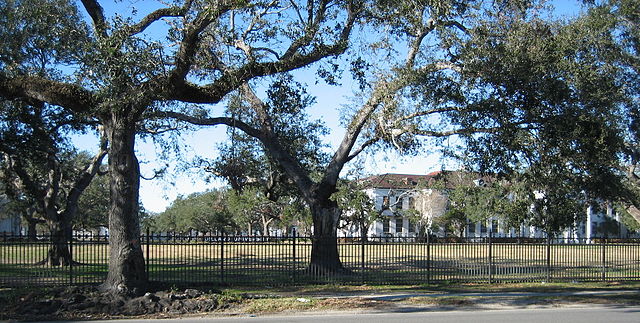Abortion rights, women of color, and LGBTQIA+ people are under attack. Pledge to join us in fighting for gender justice.
When It Comes To Dress Codes, Black Girls Are the Experts

 Last month, we visited DC Councilmembers David Grosso and Mary Cheh for a roundtable discussion on DRESS CODED: Black Girls, Bodies, and Bias in DC Schools. We were joined by four student co-authors, a few NWLC staffers, and our friends from Girls Inc. DC Metro and Black Swan Academy. As we sat around the table—students, elected officials, organizers and advocates—a conversation unfolded about dress code policies in DC and the impact on students, particularly Black girls.
Last month, we visited DC Councilmembers David Grosso and Mary Cheh for a roundtable discussion on DRESS CODED: Black Girls, Bodies, and Bias in DC Schools. We were joined by four student co-authors, a few NWLC staffers, and our friends from Girls Inc. DC Metro and Black Swan Academy. As we sat around the table—students, elected officials, organizers and advocates—a conversation unfolded about dress code policies in DC and the impact on students, particularly Black girls.
Without wasting any time, DRESS CODED co-authors—ranging from ages 13-17—expertly dove into conversation with their representatives, discussing the racism and sexism embedded in their school dress codes. One co-author shared the experience of being sent home for wearing the wrong color shoes, which is a frequent occurrence for her. Another shared how frustrating and distracting it is to have administrators comment on her body, and even her underwear, all under the guise of “reducing distractions” for boys. One of our youngest co-authors highlighted the link between dress codes and sexual harassment. And a few students shared their family’s struggle to pay for school uniforms and the lack of help provided by their schools.
After 30 minutes of discussion, it became clear that each girl had been told—either directly or indirectly—that how they look is more important than their education. Or that they are “distractions” and must dress a certain way to avoid “tempting” boys. Throughout the conversation, the Councilmembers expressed dismay, shock, even outrage. Not only are these practices harmful and unfair, a few of them are against the law. Under the current DC regulations, schools are not allowed to send students home for dress code violations. But, as we found in DRESS CODED, that rule is not consistently followed or enforced.
The plain fact is that dress code policies, in DC and around the country, are contributing to school pushout. Girls are being removed from the classroom, denied the chance to learn, because of how they look. And as dress code policies are often steeped in outdated gender norms and racist stereotypes, Black girls are doubly impacted. It’s practices like this that contribute to Black girls in DC being 20.8X more likely to be suspended than white girls. That’s one of the highest rates of suspension in the country, and the consequences are severe. When girls are removed from the classroom unnecessarily, they are put on a path to lower wages, dropping out, and –sometimes—the criminal justice system. So how do we address this issue and keep girls in the classroom where they belong? DRESS CODED co-authors had the answers.
We need to stop pulling students out of class for what they look like. We need to revise dress code policies and eliminate loaded terms like “distracting,” “disruptive,” and “inappropriate.” We should encourage students to bring their authentic selves to school and allow them celebrate their cultural heritage through their dress and hair. And above all, we need to start listening to girls.
Too often, in matters of policy, we turn to adults as the experts. People with advanced degrees. Folks with years of experience in the working world. But this meeting reminded us of a central truth: the people most impacted by problems have the solutions to fix it. We need to keep remembering that women and girls, no matter their age or experience, have the answers to eradicating discrimination and creating a more just society. When it comes to dress codes, Black girls are the experts. We need to give them a seat at the table, listen to what they need, and revise dress code policies for the better.




